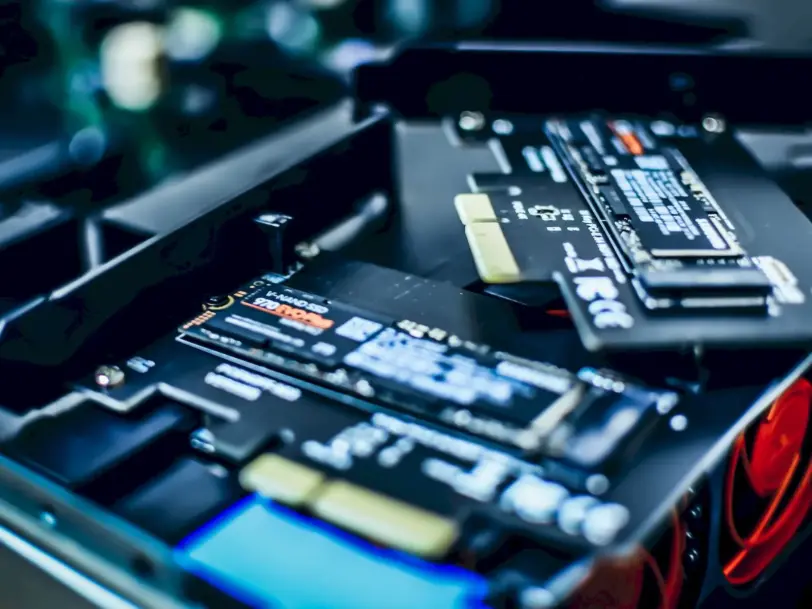What is the difference between M2 and Sata SSD

When talking about hard drives, it is important to know the differences between SSD and M2 drives. Clarification of these concepts will help us make a decision on choosing a hard drive type based on our goals and the budget we have in mind.
In this article, we will show you what the difference is between SSDs and an M2 SATA hard drive and what you need to clarify if you want to buy hard drives online.
What is SSD?
This is the evolution of storage hard drives. Previously, there were HDDs, but since 2003 such disks began to be used, which use flash memory, increasing the reading speed and accessing much faster.
Over the years, SSDs have greatly improved their durability and performance. These drives are often used in both personal computers and servers, given their high endurance.
What is M2 SATA disk?
The newest solid-state hard drives are called M.2 NVMe. These have tremendous speed. They connect via PCIe ports, unlike SSDs that connect via SATA ports. This allows them to be much faster and their transfer amplitude larger.
Since they are faster than M2 SATA SSDs, they are great for 3D design, video editing, etc. They may be suitable for people who need to work with heavy schedules.
However, the power and endurance of M.2 drives are not as high as those of properly maintained Sata SSD solid drives, so you need to weigh what can compensate you more in the long run based on the activity you will be performing with your computer system.
What are the main differences between Sata SSDs and M2 disks?
Sata SSDs and M2 disks differ in different ways, such as shape. While the shape of a traditional SSD is usually around 2.5 or 3.5 inches, M.2s have a smaller, more specific size.
On the other hand, as discussed, SSD and M2 use a different interface (SATA for SSDs and PCIe for M2s). This results in the latter having higher bandwidth and faster transfer speed. In general, the performance of an M.2 is generally faster than an SSD. You will notice this, for example, in the loading time of the operating system and applications.
When it comes to size or storage capacity, you’ll find them in a wide variety of sizes. Finally, you should note that the price of an M.2 is generally slightly higher than SSDs.